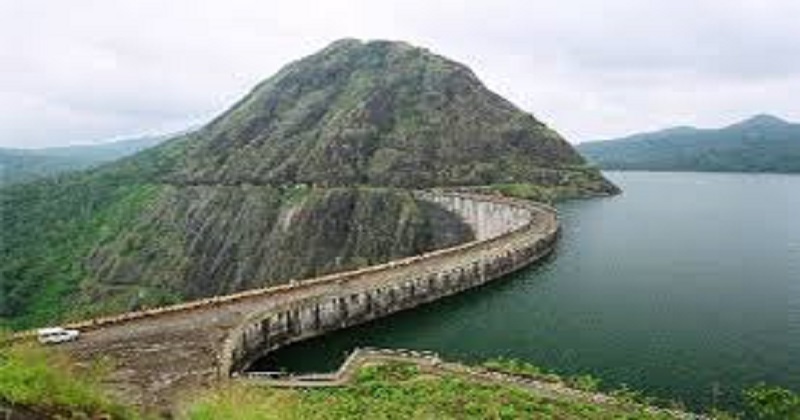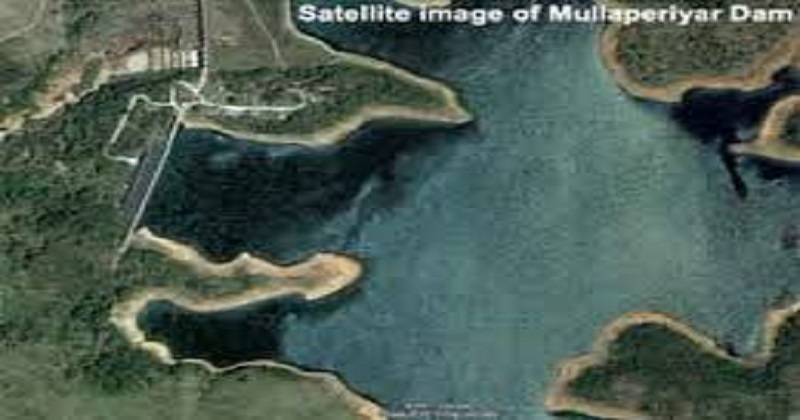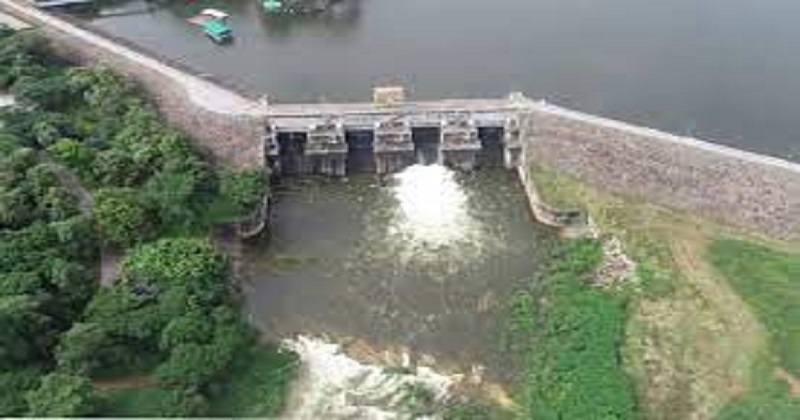
The Supreme Court has been alerted to a report prepared by the United Nations University-Institute for Water, Environment and Health raising alarm about the condition of the Mullaperiyar dam in Kerala. UNU-INWEH is one of the United Nations University (UNU) institutes, an academic arm of the United Nations. Based on that report, the petitioners called for proper monitoring of the dam, especially in light of the flood situation in Kerala. The petitioners seeking supervision of safety aspects of the Mullaperiyar Dam have submitted that the State of Kerala has become a flood zone due to unprecedented climate changes as well as environmental destruction by vested interests, especially in the hilly regions of the State.
In their reply, the petitioners pointed out that the Supervisory Committee constituted by the Supreme Court did not address three crucial safety aspects of the Mullaperiyar dam, namely the instrumentation scheme, the rule curve, and the gate operation schedule. In the petitioners’ opinion, the dam is being operated blindly during the current flood conditions without a proper rule curve, gate schedule or instrumentation, thereby endangering the lives of a large number of people and destroying their properties. The petitioners have also informed the Supreme Court that according to a report published by the United Nations Institute, Mullaperiyar Dam is one of six dams in the world that are structurally weak and susceptible to failure due to the passage of time, structural weakness and natural disasters.

The petitioners are concerned that the report asserts that the methods and materials used during the construction are outdated compared to current building standards, which have led to leaks and leaching in the dam. In addition, dam failure would be catastrophic, and nearly 3.5 billion people will be impacted. The petitioners submit that, while researching the subject, they found a report submitted by a highly reputed international institute, viz United Nations University Institute for Water, Environment and Health (UNU-INWEH) Hamilton, Canada. In 2021, a UN Agency published a report that summarized the results of its global study on the aging process of major dams around the world and the global risks they may pose.
”At the time of construction, the dam had an intended lifespan of 50 years. Still in service over century later, the dam shows significant structural flaws and may be at risk of failure. The dam is located in a seismically active area. A minor earthquake caused cracks in the dam in 1979, and in 2011, more cracks appeared in the dam due to seismic activity. Leaks and leaching are also concerning, as the methods and materials used during construction are considered outdated compared to current building standards……… A dam failure risk would be catastrophic., nearly 3.5 million people will be affected’, the petitioners quote from the report.
According to the petitioners, the study has identified only six major dams throughout the world that are structurally weak and are likely to fail due to aging, structural weakness and natural disasters.

‘Among the six dams identified in the study, one in India is the oldest one — the present Mullaperiyar Dam, built in 1960. The study shows that four of the six dams have either already been decommissioned or are in the process of being decommissioned’.
The petitioners have asked the Court for permission to submit a copy of the report as an additional document to demonstrate the seriousness of the issue and the extent of their concern. As part of their petition, the petitioners also wanted to comment on the status/compliance report that was submitted to the Court by the Centre on 14th October 2021. The petitioners contend that the status report is factually and technically incorrect, as well as illogical. To safeguard the dam’s safety and security, the Supreme Court entrusted the supervisory committee with the power of supervision over the three aspects. Specifically, the petitioners are complaining that only local engineers have been assigned to handle their authority and responsibilities by the Supervisory Committee.
As per the petitioners, they were compelled to move the writ petition seeking interference of the court to judicially monitor the activities of the Supervisory Committee and to see that the aforementioned three safety aspects of the dam are resolved at the earliest convenience. With the current flood situation in Kerala and the suffering of its people, the significance of the writ petition and reliefs requested assumes even greater significance.
A Supreme Court order in this case was issued on 16th March 2021:
- The Supervisory Committee was directed to address three core issues in right earnest to ensure the safety of the dam.
- The first is about the instrumentation of the dam and monitoring its performance. The second is to finalise the rule curve and the third is to finalise the gate operation schedule/reservoir operation plan.
- The State of Kerala was asked to give its suggestions to the Supervisory Committee through its representatives.
In its ruling, the Bench noted that the three core issues are directly related to the safety of the dam and the consequences that may follow for neighboring residents. Supervisory Committee members were requested to take necessary steps to issue appropriate directions to the concerned/party-States and to submit action taken reports to the Court regarding the finalisation of the three issues/plans.

Post Your Comments